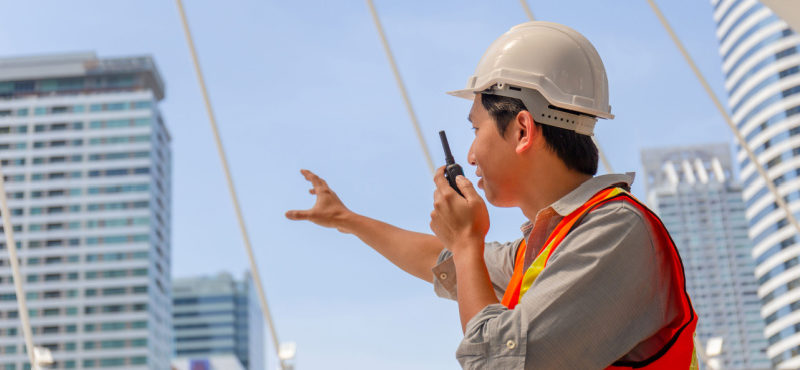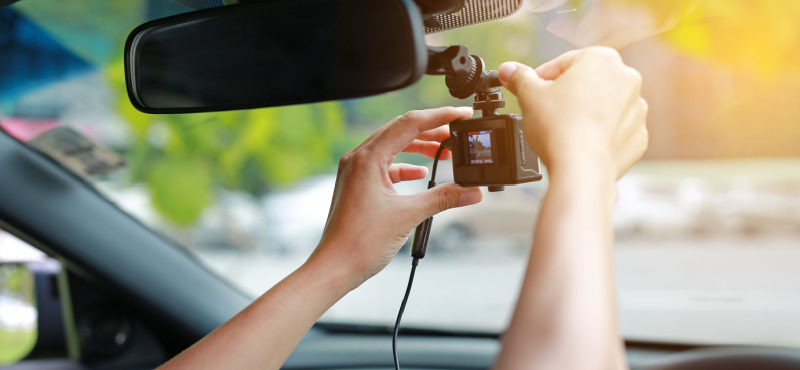Distributed Antenna Systems (DAS) help to extend and enhance wireless coverage in areas with weak or spotty signals. By distributing antennas throughout a building or large area, DAS provides better signal strength and quality, ensuring that users have reliable connectivity across the entire coverage area.
If you have dead zones in your commercial property or building, DAS can improve the overall signal quality by reducing signal interference, attenuations, and path loss. However, when considering the purchase of a Distributed Antenna System (DAS), there are several important factors to take into account. Here are some key considerations:
- Coverage Requirements
Assess your specific coverage needs. Determine the areas and buildings that require improved wireless connectivity. Consider factors such as square footage, building materials, and the number of users to ensure the DAS can effectively cover the desired areas.
- Frequency Bands
Identify the frequency bands used by the wireless carriers you intend to support. Different carriers operate on different frequency bands, so you need to ensure that the DAS you select supports the required bands. If you are unsure about how to retrieve this information, consider consulting with a wireless service provider who can guide you.
- Scalability
Consider the scalability of the DAS. Determine whether the system can be easily expanded or modified in the future to accommodate changing needs or additional carriers. Scalability is crucial to future-proof your investment, especially if you are going to install a DAS in a commercial setting.
- Building Design
Evaluate the architecture and design of your building or venue. Different structures may require specific antenna placements, such as in-building or outdoor systems. Factors like building size, layout, and construction materials can affect signal propagation and coverage.
- Carrier Agnostic or Carrier-Specific
Decide whether you want a carrier-agnostic DAS that supports multiple wireless carriers or a carrier-specific DAS designed to support a single carrier. Carrier-agnostic systems provide flexibility if you anticipate changing carriers or having multiple carriers in the future.
- RF Planning and Design
Ensure that the DAS vendor provides thorough RF planning and design services. This includes conducting a site survey, analyzing signal strength and quality, and creating a comprehensive system design that optimizes coverage and capacity.
- System Cost
Consider the total cost of ownership, including equipment, installation, maintenance, and ongoing operational expenses. Compare different vendors and their pricing structures to find a solution that aligns with your budget.
- Regulatory Compliance
Verify that the DAS complies with relevant regulatory requirements, such as those from the Federal Communications Commission (FCC) or other local regulatory bodies. Compliance ensures that the system operates within legal limits and doesn’t interfere with other wireless services.
- Support and Maintenance
Evaluate the vendor’s support and maintenance offerings. Look for a vendor with a reliable support team and service-level agreements (SLAs) to ensure timely assistance in case of issues or system failures. Consider the availability of spare parts and the vendor’s track record in maintaining DAS systems.
- Future Technology Considerations
Stay informed about emerging technologies and standards that could impact your DAS investment. For example, the rollout of 5G networks may require additional considerations or equipment upgrades. Ensure that the DAS is compatible with future wireless technologies to avoid premature obsolescence.
Work with Highland Wireless
By carefully considering these factors, you can make an informed decision when purchasing a Distributed Antenna System that meets your organization’s current and future wireless connectivity needs. At Highland Wireless, we soar to provide the best-in-class in-building wireless services while keeping your budget in mind. If you wish to learn more about our services and wireless systems, speak with an expert from Highland Wireless today!





